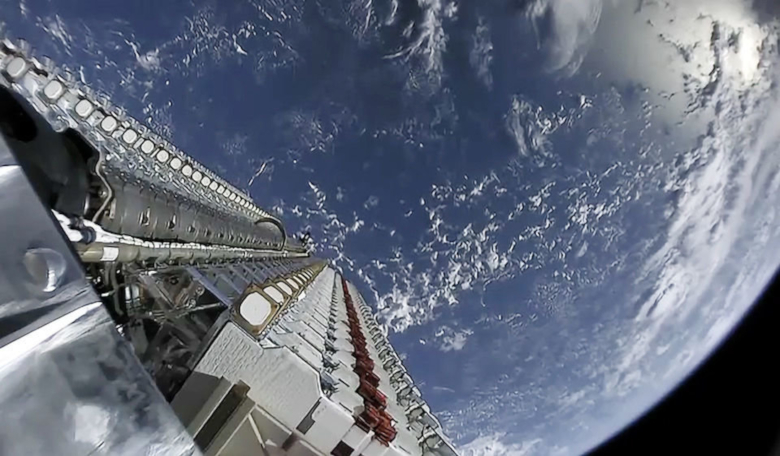It would appear that a 12,000 strong mega-constellation for Elon Musk’s Starlink endeavour is not enough, as according to the International Telecommunication Union (ITU), the entrepreneurs company SpaceX, has filed paperwork for up to 30,000 additional Starlink satellites in addition to the 12,000 already approved by the U.S. Federal Communications Commission (FCC).
If approved, this would mean that SpaceX's constellation could consist of a mammoth 42,000 low Earth orbit (LEO) satellites filling up space above our planet.
The ITU, and its executive arm, the Radiocommunication Bureau (BR), is the global agency responsible for management of the radio-frequency spectrum and satellite orbit resources. It is their job therefore to minimise signal interference and to prevent hogging of a particular frequency spectrum.
Filings issued to the ITU by the FCC on SpaceX’s behalf earlier this month, contain details about frequency usage, the number of satellites required and their proposed orbital altitudes, however the paperwork does not go on to say when SpaceX hopes to launch the satellites, nor do they provide other details such as deorbit timelines.
ITU filings are often made years before a company plans to launch their intended satellites, but once made, a satellite operator, in this case SpaceX, must launch at least one satellite with its requested frequencies within seven years of its application and operate it for 90 days. If they succeed, then other companies must then ensure their systems avoid interference by not using those same frequencies to transmit communications. If they don’t launch a satellite within the set timescale, then the operator loses access to those spectrum rights.
Having already launched 60 of its Starlink satellites in one go earlier this year, launching a few more should not pose a problem for SpaceX.
However there are those who say the filings are just a ploy to drown the ITU in paperwork now that it's on the verge of implementing a new strategic plan it unveiled last year; a move the ITU sees as necessary given the significant changes in the last few years due to emerging technologies like 5G, Blockchain and the power of the Internet of Things (IoT).
SpaceX’s news has also not gone done well with others too - especially astrophotographers, who say that this voluminous number of satellites will ruin the night skies and destroy the future of astro-photography.
The International Astronomical Union (IAU) has already voiced its concern about the risk that SpaceX's Starlink and other planned extensive satellite constellations in LEO would pose to astronomy. Also under fire were the existing Iridium constellation, as well as the in-progress OneWeb and Globalstar internet networks along with Amazon's recently announced Project Kuiper satellite internet.
“Satellite constellations can pose a significant or debilitating threat to important existing and and future astronomical infrastructures, and we urge their designers and deployers as well as policy-makers to work with the astronomical community in a concerted effort to analyse and understand the impact of satellite constellations,” said the IAU.
To address some concerns, SpaceX said it would take steps to adjust satellite orbits where it’s shown that its constellation could seriously impede scientific work and that it would look into making future Starlink internet communications satellites less shiny to lower their reflectivity or "albedo," so they can’t be so easily spotted in space.











